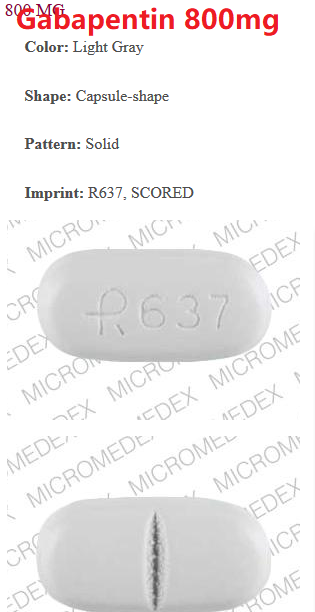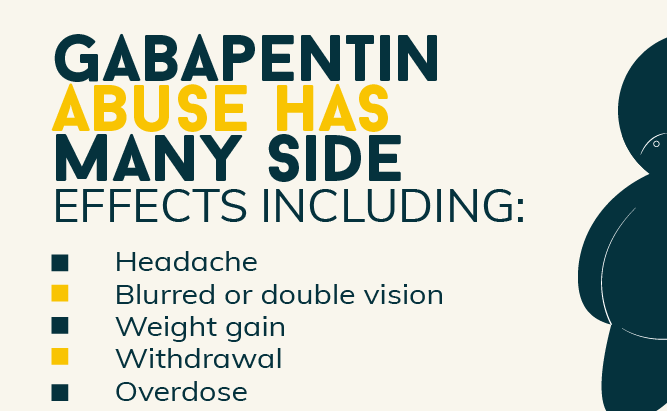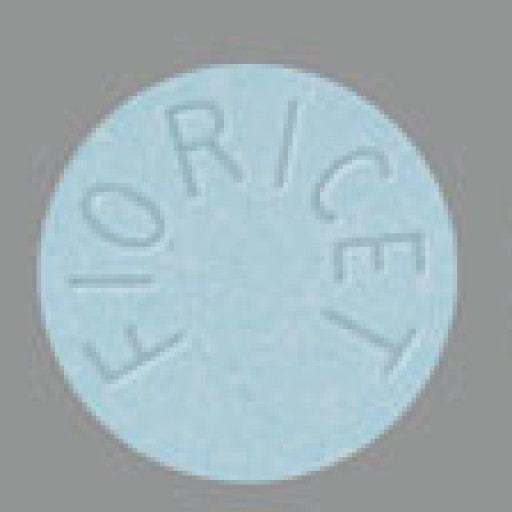People who use Fioricet are primarily people who suffer from tension headaches or migraines. However, a small portion of people using Fioricet may be using them recreationally or to get high.

Fioricet is a popular medication approved to treat symptoms of tension headaches. Migraines affect close to one billion people worldwide. More than an intense headache, people with migraines know well that the symptoms can linger for days and disrupt their daily life.
While there are many treatment options for treating migraines, approximately 6% of patients use Fioricet to control the symptoms. If you suffer from migraines or someone you know takes Fioricet, keep reading to learn about addiction’s side effects and risk factors.
Why is Fioricet Used to Treat Migraines?
-
- Fioricet contains 3 different active ingredients that work together for headaches, including Butalbital which is a Barbiturate that helps to relax and reduce anxiety, Acetaminophen which works as a pain reliever and caffeine which also helps to reduce pain.
- Fioricet is a medication formerly commonly prescribed to treat migraine symptoms. However, there is not enough evidence that Fioricet is effective for migraine attacks, especially when compared with later safer products.
- Although Fiorice t has been used for many years for migraines, the drug is no longer approved for this use and the risks outweigh the benefits. Accordingly, the drug Fioricet may be an option if other migraine treatment options are not effective.
What is Fioricet?
People who suffer from tension headaches may receive a prescription of Fioricet. Fioricet includes three different drug ingredients that can help manage different symptoms of tension headaches. These include:
-
- Butalbital: A type of barbiturate that can help muscle relaxation.
- Acetaminophen: Also called paracetamol (sold as Tylenol) and helps to relieve pain.
- Caffeine: Enhances the effects of acetaminophen.
The ingredients of Fioricet help to address pain specifically or can help to enhance the effects of the painkillers. Some types of Fioricet include codeine, which is an opiate used to treat pain. This can increase the effect of Fioricet, but also increase some of the risks for misuse or addiction.
Women are more likely than men to be diagnosed with chronic migraines and therefore are more likely to receive a prescription of Fioricet. People who receive treatment for migraine are often slightly older and report more severe symptoms.
Fioricet Statistics
Approximately 6% of people who suffer from migraines use a barbiturate combination medication. Although it is often not the first treatment option, millions of people are prescribed Fioricet or a similar drug to manage their headache or migraine symptoms.
Side Effects of Fioricet
This medication can cause severe side effects. While taking Fioricet, you should avoid drinking alcohol, as mixing alcohol and acetaminophen can increase your risk of liver disease. People with asthma, kidney disease, and a history of mental illness or suicidal thoughts should also avoid using this medication. It may also negatively interact with other medications that have a sedating effect. Combining sedatives can slow breathing and heart rate to dangerous levels. It’s important to disclose all medications to your doctor or pharmacist to avoid risks of drug interactions. In rare cases, acetaminophen can cause a severe skin allergic reaction that can turn lethal. Fioricet can also pass into breast milk, so pregnant women should seek medical advice about any side effects. Common side effects include:
-
-
- Drowsiness
- Dizziness
- Anxiety
- Restlessness
- Insomnia
- Loss of appetite
- Drink feeling
- Confusion
- Shortness of breath
- A light-headed feeling
- Nausea
- Upper stomach pain
- Dark urine
- Yellowing of the skin or eyes
-







